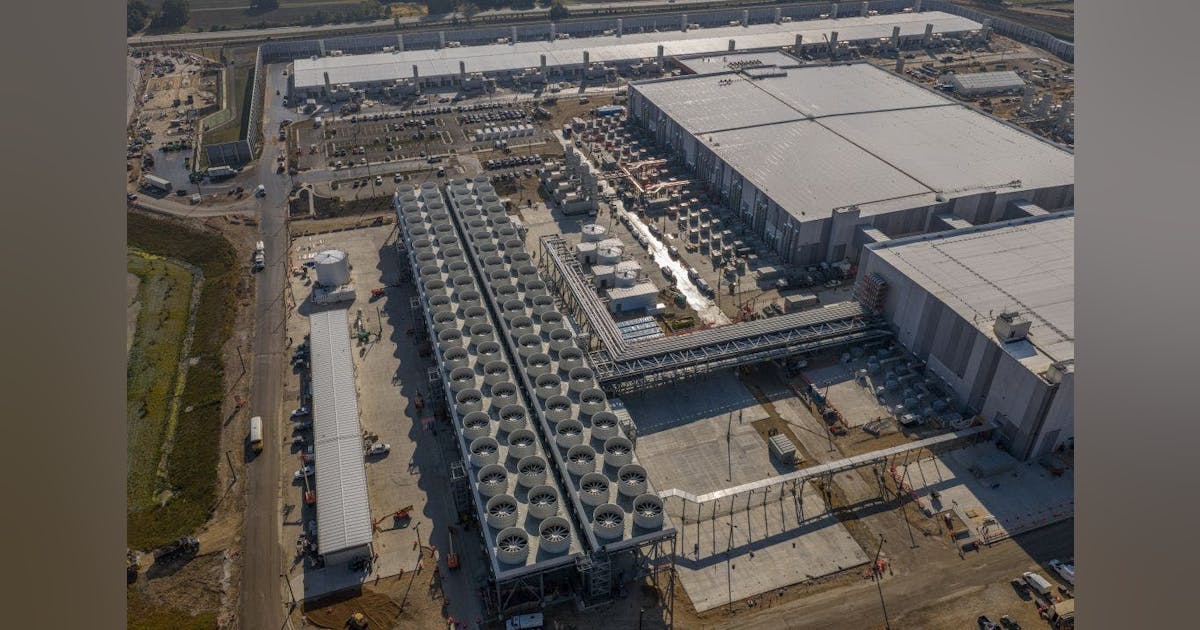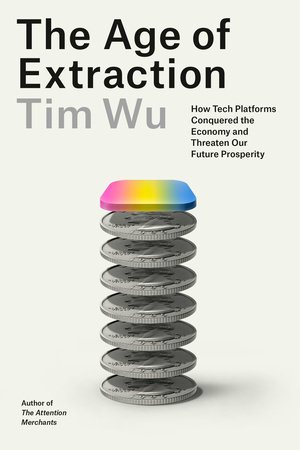
Oil fell as escalating trade tensions between China and the US diminished demand for risky assets while the International Energy Agency increased its estimate of a record crude surplus.
West Texas Intermediate dropped 1.3% on Tuesday to settle near $59 a barrel, the lowest since May, while Brent hovered near $62. In the latest tit-for-tat between Beijing and Washington, China placed limits on five US entities of one of South Korea’s biggest shipbuilders, and threatened further retaliatory measures.
The Paris-based IEA on Tuesday increased its forecast for an unprecedented oversupply of oil for 2026. Worldwide crude supplies will exceed demand by almost 4 million barrels a day next year, a record overhang in annual terms, the agency said.
Also on Tuesday, US Federal Reserve Chair Jerome Powell reinforced speculation that officials are on track to cut rates in October amid a weakening labor market.
“The intraday bounce off the lows in oil today was in reaction of a turnaround in risk tone from Powell’s dovish comments on quantitative easing,” said Frank Monkam, head of macro trading at Buffalo Bayou Commodities. Even so, with oil fundamentals still skewed bearish, “the 60-62 level on WTI is likely to constitute a firm resistance level should the bounce extend.”
The projected supply surplus is up roughly 18% from last month’s estimate, as the OPEC+ alliance continues to revive output and the outlook for the group’s rivals strengthens.
Several executives from major oil trading houses speaking in London said they see crude prices falling from here. Ben Luckock, global head of oil at Trafigura Group, warned that the onset of a long-awaited oil market surplus is “just about here,” while Gunvor Chief Executive Officer Torbjorn Tornqvist said gasoline and diesel demand may have plateaued.
Oil posted losses in August and September, and WTI has shed about 19% year-to-date. The decline has been driven by growing concerns that global supply will run ahead of demand, with many Wall Street banks forecasting futures will revisit the $50s-a-barrel range. Bearish signs have been emerging, including a return to contango pricing along portions of the futures curve, with some nearer-term contracts below longer-dated ones.
Tensions between the US and China have flared, with Treasury Secretary Scott Bessent saying Beijing had failed to respond to US inquiries over the weekend following its announcement of export controls. China has signaled it would keep communication channels open.
On Monday, OPEC said in its monthly report that global demand would grow by 1.3 million barrels a day this year and 1.4 million in 2026, striking a positive tone.
SEB Group expects the cartel to implement cuts to avoid a large increase in inventories in the first quarter, wrote Bjarne Schieldrop, chief commodities analyst, in a note. “The oil price will likely head yet lower until the group reverts to cuts.”
Oil Prices
- WTI for November delivery declined 1.3% to settle at $58.70 a barrel in New York.
- Brent for December settlement was 1.5% lower at $62.39 a barrel.
What do you think? We’d love to hear from you, join the conversation on the
Rigzone Energy Network.
The Rigzone Energy Network is a new social experience created for you and all energy professionals to Speak Up about our industry, share knowledge, connect with peers and industry insiders and engage in a professional community that will empower your career in energy.






















